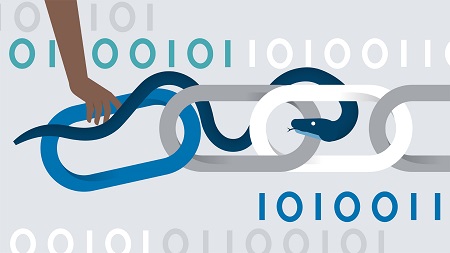
English | MP4 | AVC 1280×720 | AAC 48KHz 2ch | 1h 12m | 210 MB
When you’re making calls between different services, you can use serialization to move data around in a predictable manner for easy encoding and decoding. In this course, instructor Miki Tebeka takes a deep dive into the subject of serialization with Python, exploring key serialization formats, how to work with each format, and how to pick the right one for your Python project. He covers Python-specific serialization formats such as marshal and pickle; how to serialize and deserialize using JSON; how to encode and decode messages and serialize using protocol buffers; how to use msgpack; and more. Along the way, he shares challenges that allow you to put your new knowledge to the test.
Table of Contents
1 Serialization with Python
2 What you should know
3 Accessing the exercise files on GitHub
4 Why do we need serialization-
5 Picking a serialization format
6 General serialization rules
7 Serialization formats overview
8 Marshal and pickle serialization
9 Serialization with repr
10 Using eval and exec for serialization
11 Challenge- repr and read pickle
12 Solution- repr and read pickle
13 Basic JSON serialization
14 Serializing custom types to JSON
15 Streaming JSON
16 Challenge- Convert log records to JSON
17 Solution- Convert log records to JSON
18 Protocol buffers overview
19 Writing the definition file
20 Generating serializers
21 Using protocol buffers
22 gRPC
23 Challenge- Trade objects size
24 Solution- Trade objects size
25 msgpack serialization
26 YAML serialization
27 XML serialization
28 SQL
29 Challenge- ETL from XML to database
30 Solution- ETL from XML to database
31 What’s Unicode-
32 str and Bytes
33 Normalization
34 Case-insensitive comparison
35 Detect encoding
36 Challenge- Counting strings
37 Solution- Counting strings
38 Next steps
Resolve the captcha to access the links!